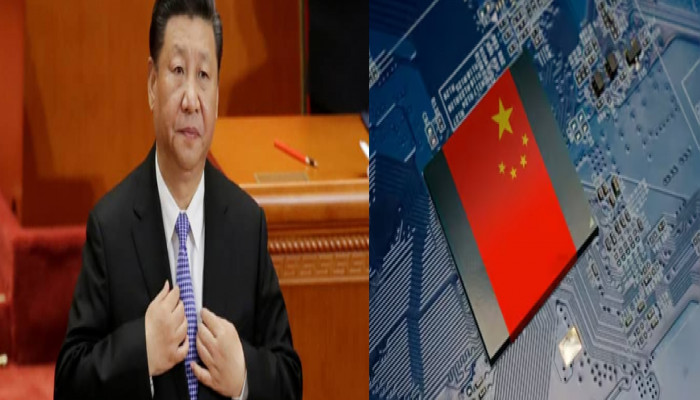China bolsters economic defences in response to growing US trade tensions: Report
- In Reports
- 04:16 PM, Feb 12, 2025
- Myind Staff
Under President Xi Jinping, China is speeding up efforts to rely less on foreign technology and become more self-sufficient in important industries. This push is mainly driven by growing tensions with the United States. According to a report by the Wall Street Journal, China is spending hundreds of billions of dollars to boost advanced manufacturing, electric vehicles (EVs), semiconductors, and artificial intelligence. This investment aims to overcome Western trade restrictions and secure the country’s economic future.
Local automakers BYD and Geely have quickly increased their market share in the electric vehicle industry, which has been one of China's greatest achievements. According to The Wall Street Journal, over 11 million electric or plug-in hybrid passenger cars—48 percent of all passenger cars sold in China in 2024—came from Chinese producers.
In shipbuilding, China has likewise surpassed international leaders, producing almost half of the world's commerce ships, up from just 5% in 1999. In addition, the nation's chemical commerce has changed from net import to net export, with a $34 billion export surplus in 2024 vs a $40 billion trade deficit in 2020. Despite its progress, China still struggles in the semiconductor industry and relies heavily on foreign technology. According to The Wall Street Journal, by the end of 2025, China's domestic chip production met only 30% of its demand—far below its initial goal of 70%.
Closing this gap has been difficult due to export restrictions from the US, Japan and the Netherlands. These restrictions prevent China from accessing advanced chip-making technology, making it harder to develop high-end semiconductors on its own. China's aerospace industry still depends on foreign suppliers. The C919 jetliner, introduced for commercial use in 2023, was seen as China’s competitor to Boeing and Airbus. However, according to The Wall Street Journal, the aircraft still uses key Western parts, such as engines and landing gear, from international suppliers.
China has rapidly expanded its industrial production, manufacturing goods in excess that are now flooding global markets. In response, Western countries have introduced trade restrictions. The United States and the European Union have taken steps to limit China’s access to advanced chip technology and have imposed tariffs on several Chinese exports.
Within China, this aggressive industrial strategy requires heavy government spending, with estimates suggesting costs of around $250 billion per year as of 2019. Critics believe that focusing too much on manufacturing could be a risky long-term approach, as it takes resources away from consumer spending and social programs that could help stabilise China’s economy. Notwithstanding these obstacles, the Chinese government is nevertheless dedicated to giving self-reliance in vital industries top priority.
The Wall Street Journal cites state media as emphasising that "self-reliance in science and technology is the basis of our national strength and prosperity, and necessary for our security." As the trade competition between the U.S. and China grows, China's push to strengthen its economy will have a lasting impact on global trade. The big question is whether China can fully develop its key industries independently or if it will continue to rely on Western technology.







Comments